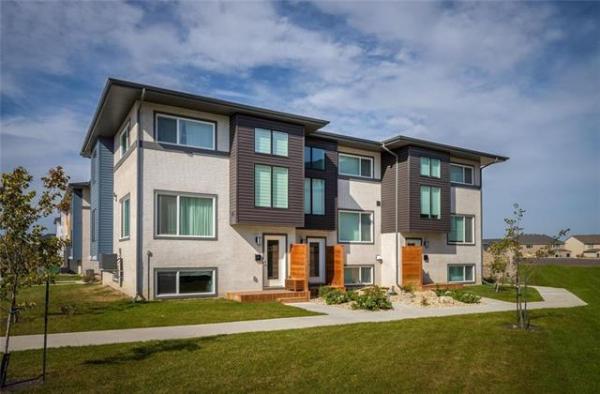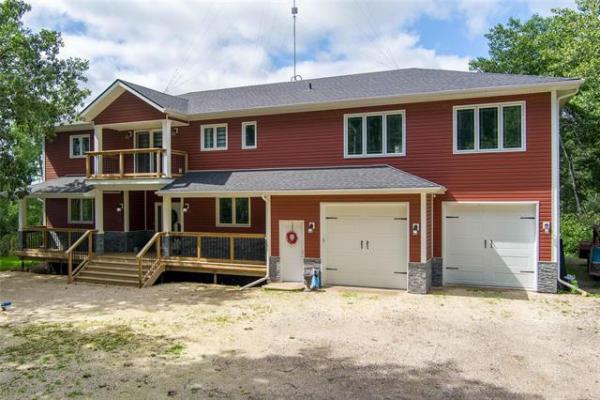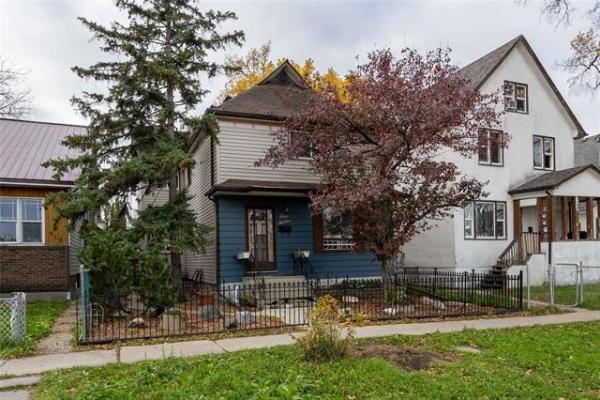
QUESTIONS: I am building a new house, and the builder has vented out my furnace exhaust and inlet through the side of the basement concrete wall. This is a high-efficiency furnace. Would there be any problems if it's going through a concrete wall? Can these freeze during winter, with water vapour in the inlet vent? Thanks, Ramandeep Grewal
Two years ago we got a new high-efficiency furnace installed. Pipes go up through the old chimney. One of them has an elbow, another one looks straight up and does not have an elbow. Often, we have water dripping off the pipes. It looks to me like it is coming through the pipe with no elbow on top, but it is hard for me to judge.
The installers came back a couple of times. They replaced both pipes because they thought that one of the pipes might be broken or damaged, but water is still coming in when it rains or is humid. I am sick and tired of seeing it. We would appreciate any suggestions that you might have. Thank you in advance, Alex Omelchenko
ANSWER: You have both posed questions about plastic vent piping for newer high-efficiency furnaces which are quite different. However, they illustrate the difference between a typical installation and one that may be acceptable but more problematic. This covers what is typically referred to as a "best practices" issue.
Very often, builders and contractors alike tend to do things in the easiest way to avoid difficult situations that can lead to greater-than-normal labour costs or cost overruns. While this practice should be praised from a business point of view, it doesn't always reflect the highest-quality workmanship. Often, as in the case of the second homeowner, it will cost the contractor more in wages when workers have to be sent back for additional calls to correct a problem that may have been avoided by going the extra mile in the first place.
While there are specific building codes that must be followed, in many of these cases, the codes are the minimum standards for safe work but not always a reflection of the best practices. Also, when dealing with appliances or equipment like your furnaces, the manufacturer has specific does and don'ts that also must be followed to ensure proper function.
The typical installation of plastic venting and fresh air intake pipes for high-efficiency furnaces is a side-wall installation. As in the first respondent's new house, this is most often through a foundation wall, or just above in the space between the floor joists. While there is a slight chance of freezing pipes, it's normally due to excess moisture that is seen on the exhaust pipe, not the fresh-air intake. The intake rarely freezes because the cold air being drawn into the system from outside is normally much dryer than the inside air and has little moisture content. That air will also be warmed up, rather than cooled, as it enters the pipes, so condensation is unlikely.
To avoid this possibility, pipes should installed with minimal length extending outside the home and good quality sealant or foam insulation surrounding the pipe where it penetrates the foundation. That will prevent cold-air intrusion and possible freezing of the pipe when the furnace is not in use.
The water intrusion from the second question is likely due to the difficulty in sealing the vent pipes somewhere along the length of the old chimney where they discharge. This is apparent from the fact that you observe the leakage during wet or rainy days, not during the heating season.
The most common culprit is the top of the chimney where the pipes extend through. It may be very difficult to seal these pipes because there are no typical chimney fittings or flashings designed specifically for this purpose. Your installer may have opted for this method of venting due to the difficulty in accessing the foundation or because of the nearby location of the abandoned chimney, once your old furnace was removed.
Unfortunately, this rather unusual location for a vertical discharge may be very difficult to retrofit compared with a simple horizontal one through the foundation. If you were seeing the moisture during the winter, simple condensation inside the chimney may be the cause, but that doesn't seem to be the case.
Since your furnace installer has already attempted one repair, with no success in stopping the leakage, it is time to switch methods. Removing the vent and intake pipes from the old chimney and installing a properly sealed chimney cap should prevent further problems. Rerouting these pipes to a location where they can be vented directly through the foundation wall, if at all possible, will be the answer. This will likely require hiring a concrete drilling company to bore two small holes in the foundation with a diamond drill, but it should be well worth the added trouble and expense.
As I've said, retrofitting items in a home in a different or unique method may work, but may also fail due to unforeseen issues. The difference between a problematic installation and one that follows best practices may require minimal extra effort but is the sign of a good contractor.
When unusual installation techniques are attempted that do not work properly, reverting to tried-and-true methods should fix the problem.
Ari Marantz is the owner of Trained Eye Home Inspection Ltd. and the president of the Canadian Association of Home & Property Inspectors -- Manitoba (www.cahpi.mb.ca). Questions can be sent to trainedeye@iname.com. Ari can be reached at (204) 291-5358 or check out his website at www.trainedeye.ca



